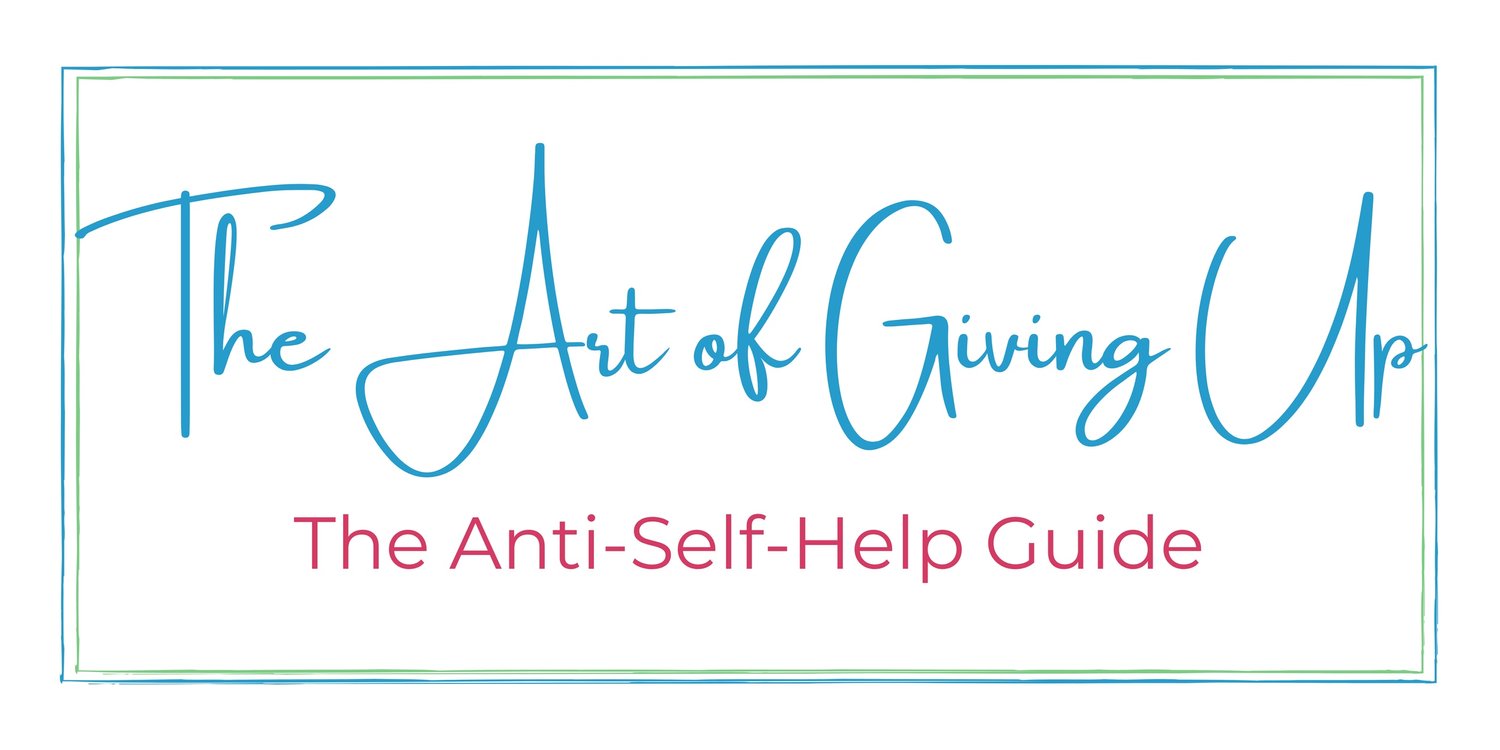Motivation
Part of what makes change so difficult is how little we actually think about our motivations. We’ve already established that you’ve been brainwashed, so that has led you to make a significant amount of decisions on autopilot.
Cylon scum.
Motivation is what keeps the peons going when obstacles arise, and competes against their primal urge to succumb to inertia. In order to avoid your body rejecting the new personality you’ll be cultivating, like a shoddily executed back market organ transplant, you will need to understand a little more about the nitty gritty of motivation.
Know thine enemy, and all that jazz.
There are three major components of motivation.
1. Activation - the active initiation of a behavior driven by a larger goal
2. Persistence - the continuation of effort toward the goal, despite the presence of obstacles
3. Intensity - the level of effort given while pursuing the goal
Much like the stages of change, once we purge your system of your motivational proclivities, you are still welcome to experience it in small, intense doses with the understanding that the inevitable lack of follow-through will issue a devastating blow against any lingering ambition. Essentially, you are permitted to activate a change so long as the persistence fades before achieving your goal. Your intensity is totally up to you, though. Light intensity will keep your goal at a safe distance for a longer time, decreasing confidence in your ability to ever reach it, while extreme intensity will give you a false sense of possibility that will result in a crash of shame and self-loathing when the high wears off.
Forgoing persistence might sound easy enough, but you’re currently so accustomed to persevering in the face of challenges that you may not even realize you’re doing it. Not all hurdles require an olympic pole vaulting approach, some may be as inconspicuous as a slightly elevated sidewalk curb, and the more you conquer these barriers, regardless of intentional effort, the more confidence you’ll build.
And we simply cannot have that.
Cognitive Theory of Motivation
Most of the theories on motivation are garbage, so lets just talk about the one that’s the least crappy, aka the one that best follows my proposal: The Cognitive Theory of Motivation. Cognition is just a fancy word for thoughts, so according to this theory you chose to do things that you think will result in a reward. The rewards in question come in two forms, which serve very different functions for building motivation.
Quick vocab lesson: intrinsic = from inside yourself, extrinsic = from an outside force.
Does that give you a clue as to what the two types of rewards/motivation are?
I guess it’s not so much a “clue” when it’s the same thing as the answer. So yeah, it’s intrinsic and extrinsic.
Since basically everything you do has some sort of motivation behind it, our goal is to shift your primary driving forces from intrinsic satisfaction to extrinsic gratifications. Why’s that? It’s a secret. Or maybe the answer is coming up. Only one way to find out.
